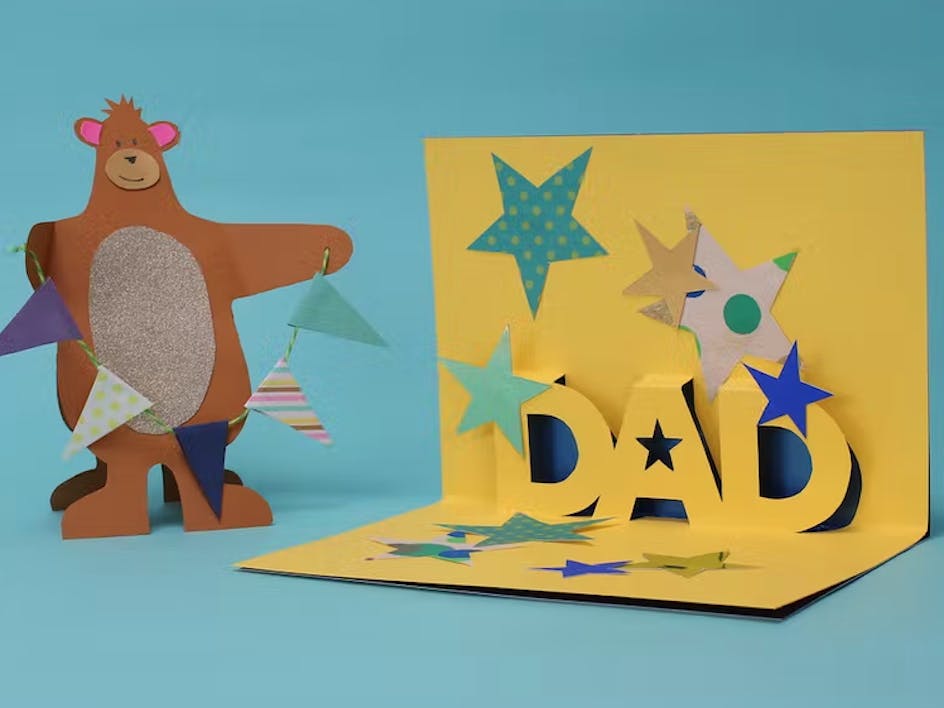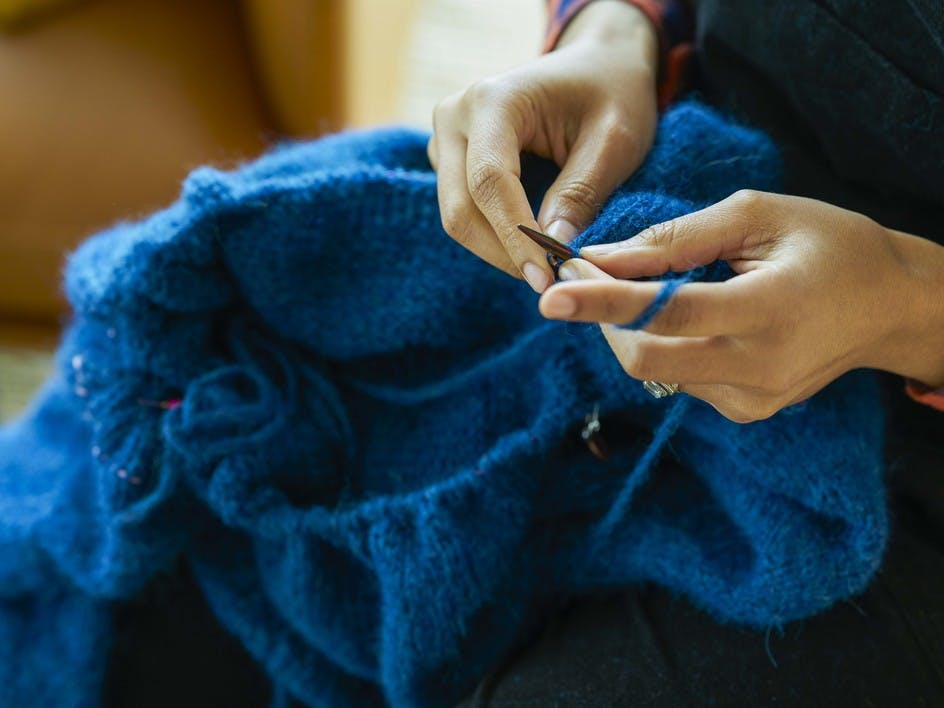6 ways to join in a new ball of yarn
Published on January 28, 2019 By Elizabeth Bagwell 2 min read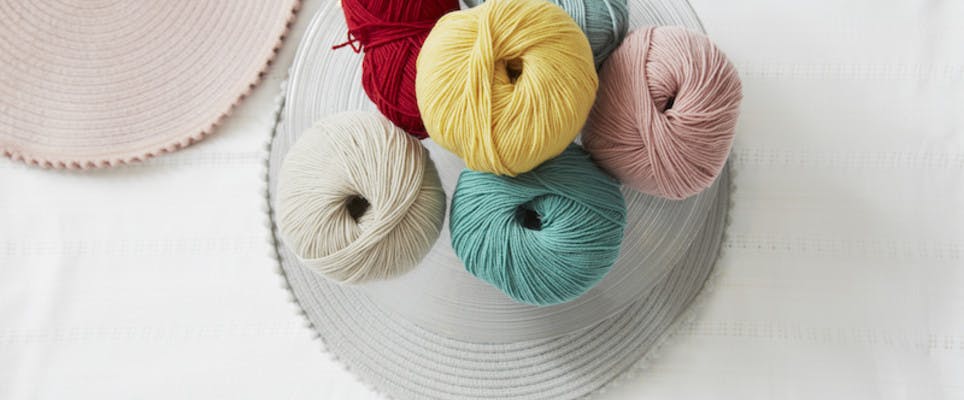
Finished your first ball of yarn? Adding a new colour? Elizabeth Bagwell suggests 6 ways to tie up those loose ends.
Joining a new ball is straightforward – you drop the old thread, pick up the new thread and knit on. But then you have to weave in ends…or do you?
1. Hold both strands together
This is an obvious technique, but not ideal. Unless you’re using lace weight (and sometimes even then) the join can show as an unfortunate bulge.
2. Weave the ends in later
Drop the old thread, pick up the new one and forget about it until the end of the project. Just make sure you leave a long enough tail – 10cm / 4in is a nice length, I find.
You can change balls at the end of a row, which is tidier if those edges will be seamed. If they’re visible or decorative, it can be less intrusive than a mid-row change.
3. Spit felting
Technically, it doesn’t have to be spit. If you’re using a feltable yarn, you can felt the end of the old ball to the start of the new one. Simply apply water and then friction (rub the yarn strands together vigorously between your palms.
Feltable yarns are usually animal fibre yarns that can’t be machine washed, like wool or alpaca. Cotton, linen, bamboo, superwash wool and machine washable yarns don’t felt, so can’t be spit felted.
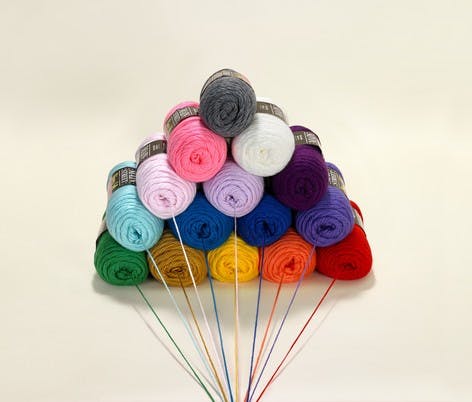
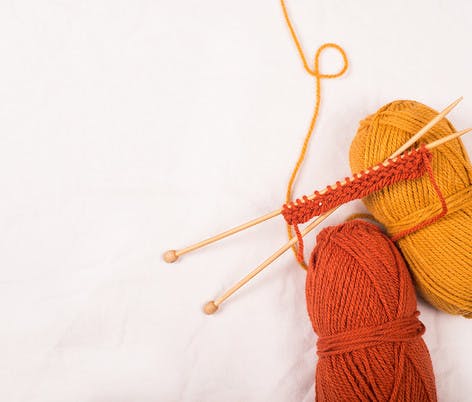
4. Alternate stitches
Knit alternate stitches with the old ball and the new one for a super secure join. Be careful with your tension, as this can create a pucker.
5. Tie a knot
Of course you can just knot two strands together, if you want. The down sides are that the knot tends to be a lump in the fabric, can work through to the front and spoil the line, and can pull neighbouring stitches out of shape.
6. Let the ends dangle loose
Again, you can do this. The risk is that the stitches near the tail will stretch, loosen or that the tail will pull free. If you’re using a yarn that sticks to itself well, like wool, there’s less risk than with a smooth, slippery cotton or silk.



